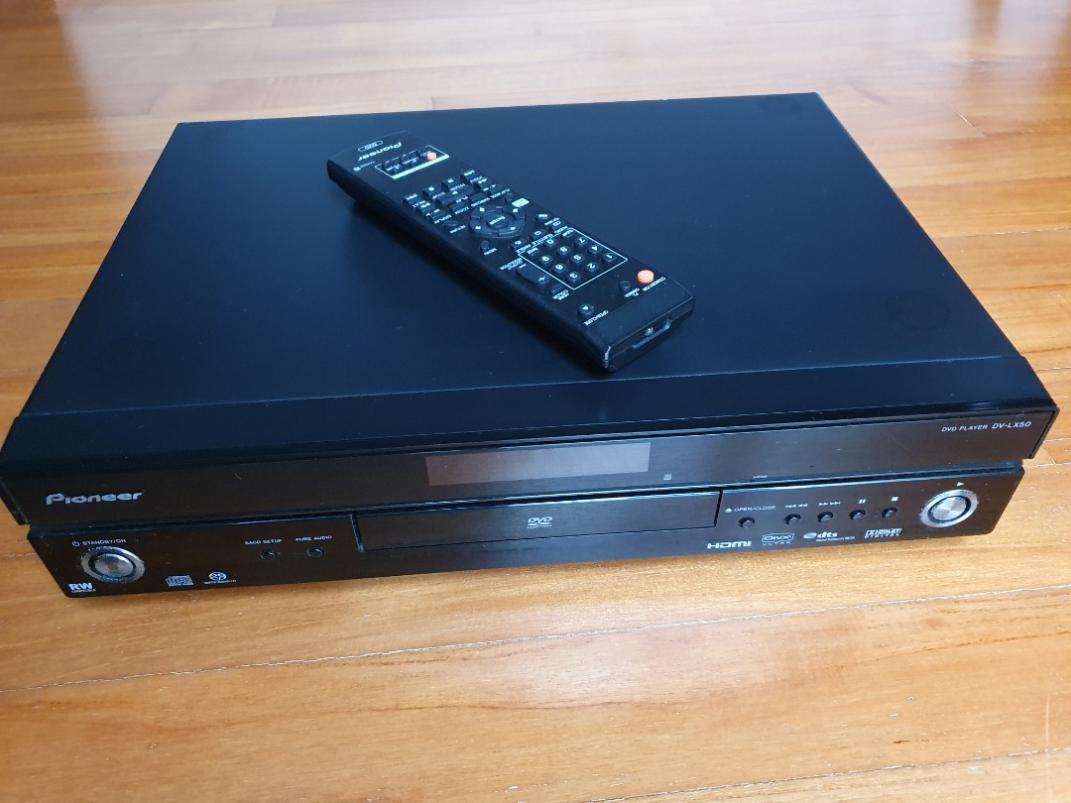What Are the Different DivX Profiles and Levels?
DivX is a popular video codec that has been around for over two decades. It is known for its ability to compress video files to a small size without sacrificing quality. DivX profiles and levels are two important concepts that determine the quality and compatibility of DivX-encoded videos.

Definition Of DivX Profiles And Levels
DivX profiles define the basic features and capabilities of a DivX encoder or decoder. They specify the maximum resolution, bitrate, and frame rate that the encoder can support, as well as the types of video and audio codecs that can be used. DivX levels, on the other hand, define the complexity of the encoding process. They specify the types of motion estimation and compensation algorithms that can be used, as well as the maximum number of reference frames that can be used in the encoding process.
Significance Of Understanding DivX Profiles And Levels For Video Encoding And Playback
Understanding DivX profiles and levels is important for both video encoding and playback. When encoding a video, you need to choose a profile and level that is appropriate for the target device and the desired video quality. If you choose a profile or level that is too high, the video may not be playable on some devices. If you choose a profile or level that is too low, the video quality may be poor.
When playing back a DivX video, you need to make sure that your player supports the profile and level of the video. If your player does not support the profile or level of the video, you may not be able to play the video or the video may play with errors.
Brief History Of DivX Profiles And Levels

The first DivX profile, Profile 0, was released in 1999. It was designed for standard-definition video with a resolution of up to 352x288 pixels. Profile 1 was released in 2001 and added support for higher-resolution video with a resolution of up to 720x576 pixels. Profile 2 was released in 2004 and added support for high-definition video with a resolution of up to 1280x720 pixels. Profile 3 was released in 2006 and added support for even higher-resolution video with a resolution of up to 1920x1080 pixels.
DivX Profiles
There are four main DivX profiles:
Profile 0:
- Overview: Basic DivX profile for standard-definition video
- Resolution: Up to 352x288 pixels
- Bitrate: Up to 5 Mbps
- Usage: Suitable for low-resolution video content, such as home videos and web streaming
Profile 1:
- Overview: Enhanced DivX profile for standard-definition video
- Resolution: Up to 720x576 pixels
- Bitrate: Up to 3 Mbps
- Usage: Suitable for higher-quality standard-definition video content, such as DVDs and TV broadcasts
Profile 2:
- Overview: High-definition DivX profile for 720p video
- Resolution: Up to 1280x720 pixels
- Bitrate: Up to 6 Mbps
- Usage: Suitable for high-definition video content, such as Blu-ray discs and HD streaming
Profile 3:
- Overview: High-definition DivX profile for 1080p video
- Resolution: Up to 1920x1080 pixels
- Bitrate: Up to 12 Mbps
- Usage: Suitable for high-definition video content, such as Blu-ray discs and HD streaming
DivX Levels
There are three main DivX levels:
Level 1:
- Overview: Basic DivX level with limited features
- Features: Supports interlaced video, simple motion estimation, and basic audio encoding
- Usage: Suitable for low-complexity video encoding and playback
Level 2:
- Overview: Enhanced DivX level with improved features
- Features: Supports progressive video, advanced motion estimation, and improved audio encoding
- Usage: Suitable for higher-quality video encoding and playback
Level 3:
- Overview: High-definition DivX level with full features
- Features: Supports high-definition video, advanced video processing algorithms, and high-quality audio encoding
- Usage: Suitable for high-definition video encoding and playback
Choosing The Right DivX Profile And Level
When choosing a DivX profile and level, you need to consider the following factors:
- Video resolution
- Target bitrate
- Video quality requirements
- Playback device capabilities
As a general guideline, you should use Profile 0 or 1 for standard-definition video, and Profile 2 or 3 for high-definition video. You should also select the appropriate level based on the desired video quality and complexity.
DivX profiles and levels are important concepts that determine the quality and compatibility of DivX-encoded videos. By understanding the different profiles and levels, you can choose the right settings for your video encoding and playback needs.
YesNo

Leave a Reply